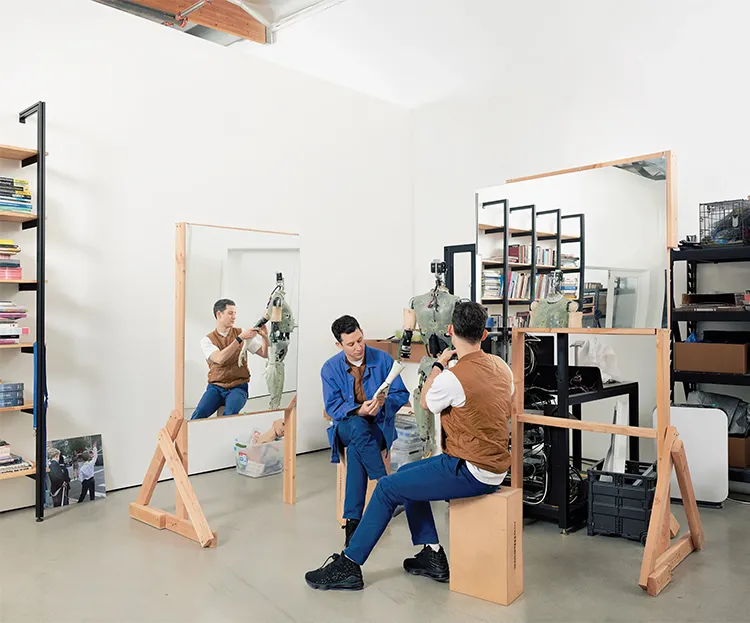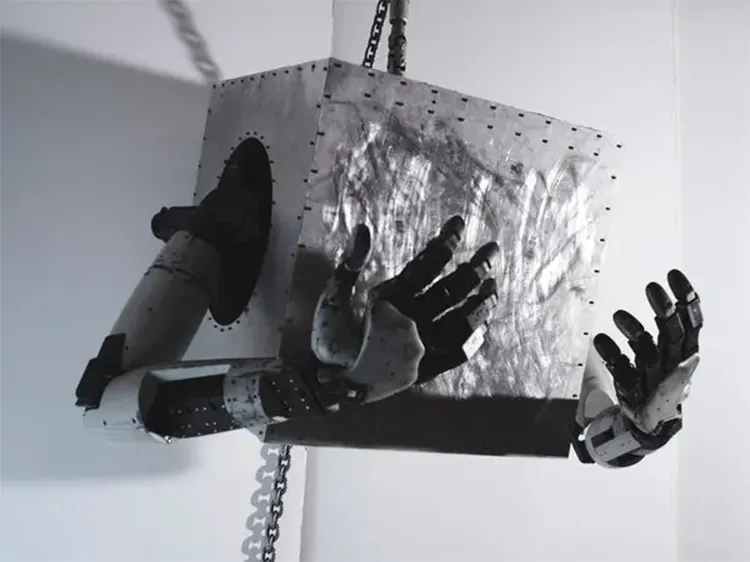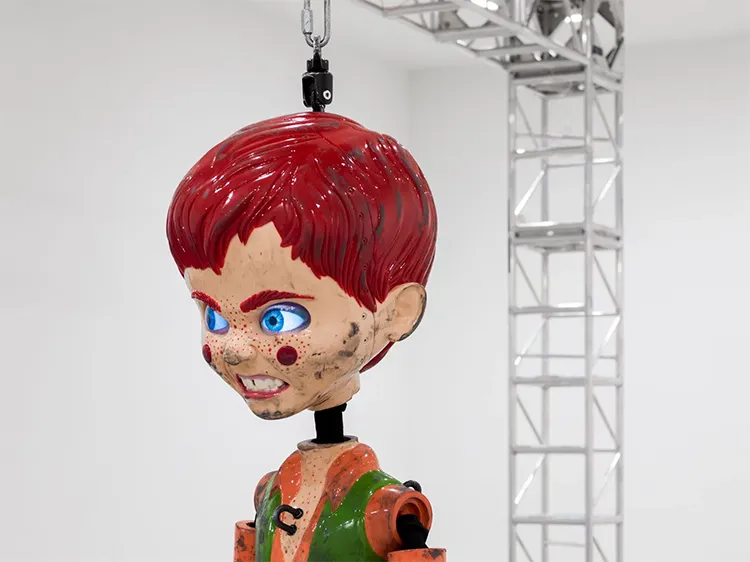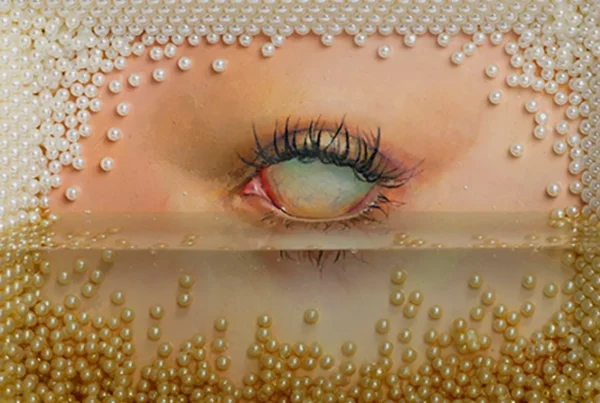Jordan Wolfson: Unpacking the Artistic Genesis
Jordan Wolfson‘s artistic journey is a compelling tale of evolution and introspection. Born into a secular Jewish family in New York in 1980, Wolfson’s early life in the bustling metropolis imbued him with a profound sensitivity to the vibrant cultural undercurrents of his surroundings. His passion for art was nurtured from a young age, leading him to pursue a Bachelor of Fine Arts in sculpture from the Rhode Island School of Design, where he graduated in 2003. This foundational period was crucial, as it laid the groundwork for his later explorations into film and video, marking the beginning of his engagement with multiple media forms.
Post-graduation, Wolfson’s creative scope broadened significantly, incorporating advanced technology and multimedia elements that would become hallmarks of his work. His move towards integrating film and video was not merely a transition but an expansion of his narrative capabilities, allowing him to weave more complex, layered explorations of American culture and the nuances of contemporary society. This shift reflected not only a technical evolution but also a deeper, more probing approach to the themes that would define his career—identity, violence, and the human condition within the digital age.

Exploring the Depths of Narrative and Character
Jordan Wolfson’s unique approach to narrative and character in his artworks offers a window into his creative psyche and methodological rigor. He constructs intricate stories around animated characters, which serve not only as subjects of aesthetic appreciation but also as tools for societal critique. These characters, often unsettling yet undeniably captivating, enable Wolfson to dissect and discuss complex societal issues in a manner that is both accessible and provocative. Through this innovative use of animation, he challenges viewers to confront cultural symbols and the deeper meanings that lurk beneath the surface of modern life.
The characters created by Wolfson are not mere figments of artistic fancy but are imbued with a life-like presence that engages directly with the audience, creating a dynamic interaction that is rare in traditional forms of art. This engagement is particularly evident in works like “Female Figure,” an animatronic sculpture that utilizes facial recognition technology to make eye contact and speak directly to viewers, thereby reversing the traditional roles of observer and observed. This direct engagement is a deliberate tactic by Wolfson to challenge and expand the boundaries of how art interacts with its audience, making his work not only a spectacle to be viewed but an experience to be lived.

Jordan Wolfson: A Pioneer in Modern Exhibition
Jordan Wolfson’s recent solo exhibition, “Body Sculpture,” in Australia represents a pivotal moment in his career, showcasing his continued exploration of the interplay between physical and virtual realities. In this groundbreaking work, Wolfson delves into the complexities of how digital technology and physical media can merge to transform our perceptions of self and others. “Body Sculpture” is a testament to his relentless pursuit of pushing the boundaries of artistic expression, combining traditional sculptural elements with cutting-edge digital technology to challenge and reshape viewer experiences. This work epitomizes Wolfson’s ability to navigate and manipulate the viewer’s reality, encouraging a profound reflection on the essence of human interaction within and through art.
The impact of Wolfson’s collaborations with prominent galleries such as David Zwirner and Sadie Coles HQ cannot be overstated. These partnerships have not only expanded his artistic reach but have also provided him with platforms to showcase his work on a global stage, allowing for greater experimentation and larger, more ambitious projects. Through these exhibitions, Wolfson has been able to engage with diverse audiences, bringing his unique vision of contemporary art and its possibilities to an international viewership. This global exposure has been instrumental in shaping his career, helping him to establish a distinctive voice in the complex dialogue of modern art.

The Convergence of Art and Technology in Wolfson’s Work
Jordan Wolfson’s engagement with technology is a defining aspect of his artistic practice, particularly evident in works like “Real Violence.” In this piece, virtual reality technology is employed to offer a stark commentary on the authenticity and impact of simulated violence, blurring the lines between reality and representation. Wolfson’s use of VR technology is not just a technical feat but also a conceptual challenge to the audience’s perception of violence and empathy. By placing viewers directly into the scene, he forces a confrontation with the visceral and often uncomfortable realities that technology can simulate, pushing the boundaries of how art can influence and alter human emotion and response.
“Colored Sculpture” further exemplifies Wolfson’s innovative use of technology and narrative to explore deep social issues. The piece draws from iconic American cultural figures, such as Huck Finn and Howdy Doody, to address the embedded racism and violence within these characters’ histories. The physicality of the sculpture, combined with its intense, emotionally charged presentation, serves to provoke a strong, visceral reaction from the audience, making it one of Wolfson’s most significant and challenging works. Through these pieces, Wolfson not only questions the role of the artist and the viewer but also explores how technology can be harnessed to deepen our understanding of societal issues and cultural narratives, marking him as a pivotal figure in the evolving landscape of contemporary art.
This exploration of Jordan Wolfson’s career offers a glimpse into the profound impact his work has had on the landscape of contemporary art, driven by his innovative use of narrative, technology, and collaboration with global art platforms.






